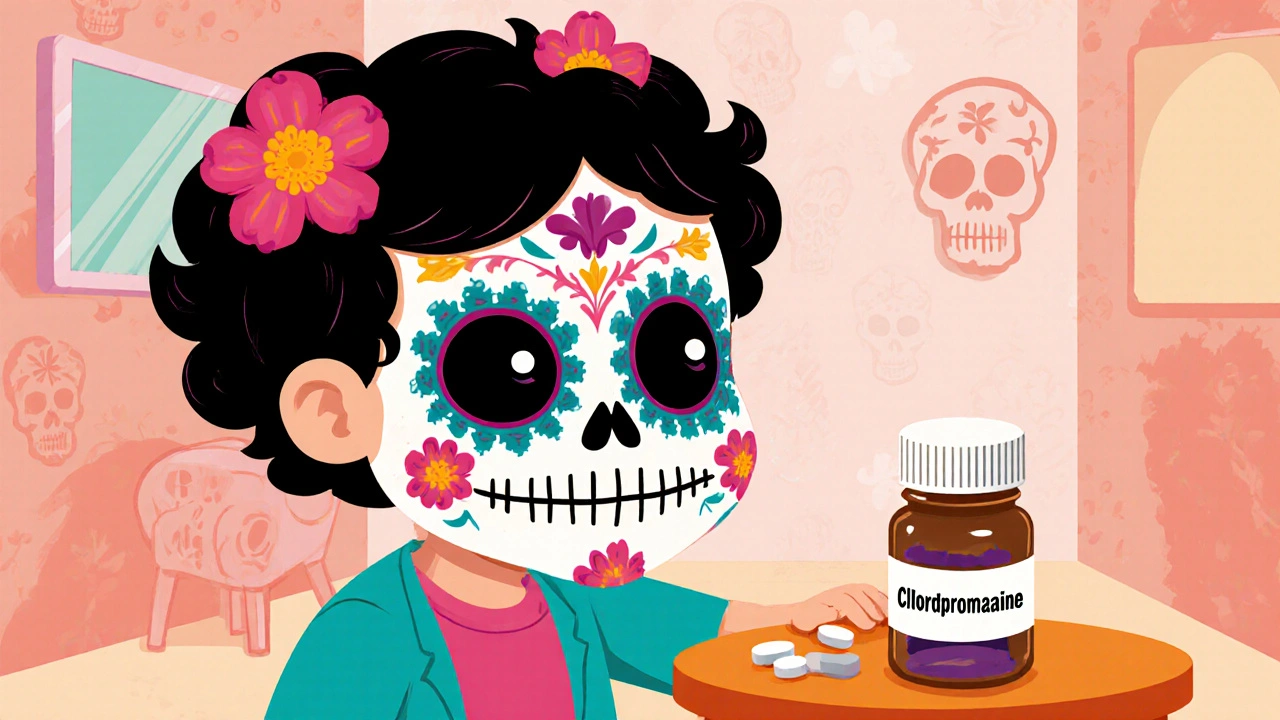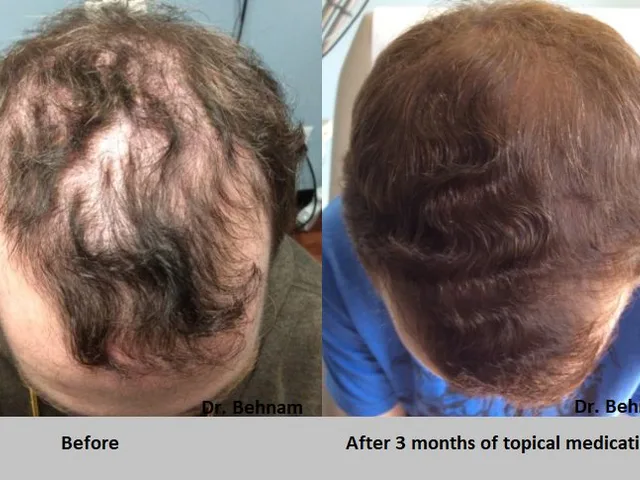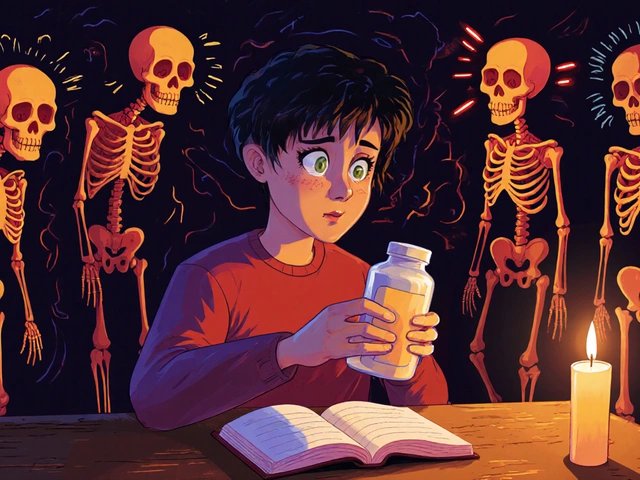Tourette's syndrome treatment – what works and why
When working with Tourette's syndrome treatment, a range of medical and therapeutic strategies designed to reduce tics and improve daily life. Also known as TS therapy, it helps people control involuntary movements and sounds through drugs, behavior plans, and sometimes surgery. The goal is simple: lower the frequency and intensity of tics so that school, work, or social activities become less stressful. You’ll hear terms like behavioural therapy, medication, and deep brain stimulation tossed around – each belongs to a different corner of the treatment landscape but they all point at the same outcome: better control.
Key approaches to managing tics
The first major pillar is behavioral therapy, a set of non‑drug techniques that teach patients how to recognize early signs of a tic and replace it with a competing response. Habit‑reversal training (HRT) and comprehensive behavioural intervention for tics (CBIT) fall under this umbrella. They require regular practice and a supportive therapist, but the payoff is often a noticeable drop in tic severity without medication side effects. Another pillar is medication, pharmacologic agents such as antipsychotics, alpha‑agonists, or newer atypical drugs that target the brain pathways involved in tic generation. Medication necessitates careful dosing and monitoring because benefits can be offset by sedation, weight gain, or movement disorders.
When both therapy and drugs fail to bring tics under control, clinicians consider deep brain stimulation, a surgical option that delivers electrical pulses to specific brain regions to modulate abnormal activity. DBS is usually reserved for severe, refractory cases, and it depends on a multidisciplinary team for implantation, programming, and long‑term follow‑up. Alongside these core treatments, many patients grapple with comorbidities like ADHD, OCD, or anxiety. Ignoring these can undermine any tic‑focused plan, so a comprehensive assessment that addresses all symptoms is essential.
All three pillars—behavioral therapy, medication, and deep brain stimulation—interact in predictable ways. For instance, a child who starts HRT may need a lower drug dose, while an adult on a stable antipsychotic regimen might see added benefit from occasional DBS tuning. Understanding how each component fits together lets you tailor a plan that balances effectiveness with side‑effect risk. Below you’ll find a curated list of articles that break down these options, share real‑world dosing tips, compare drug classes, and explore the latest research on neuromodulation. Dive in to see which strategy matches your situation and how to combine them for the best results.

Learn how chlorpromazine works for Tourette's syndrome, its dosage, effectiveness, side effects, and how it compares to other tic‑treating meds.
Chris Gore Oct 22, 2025




